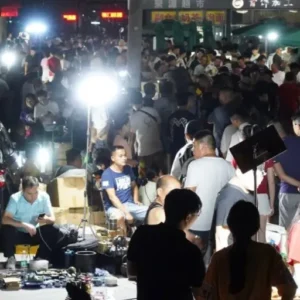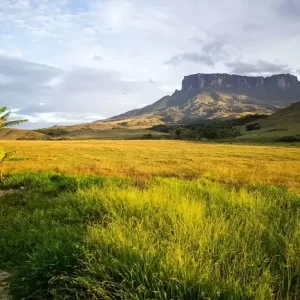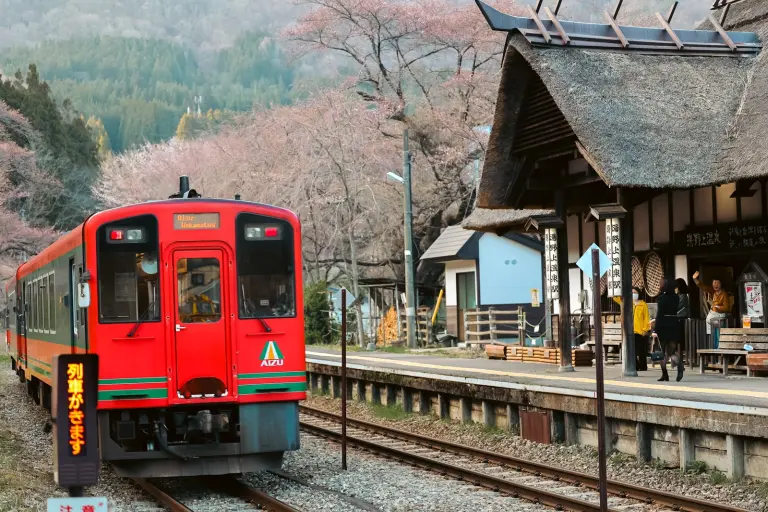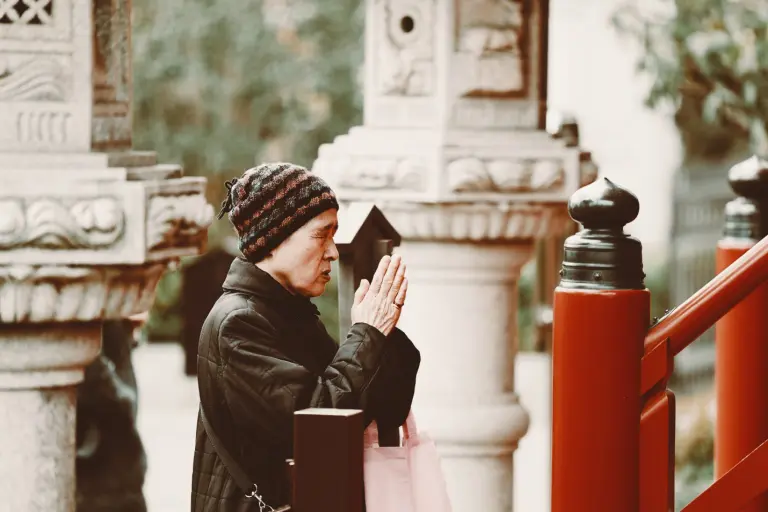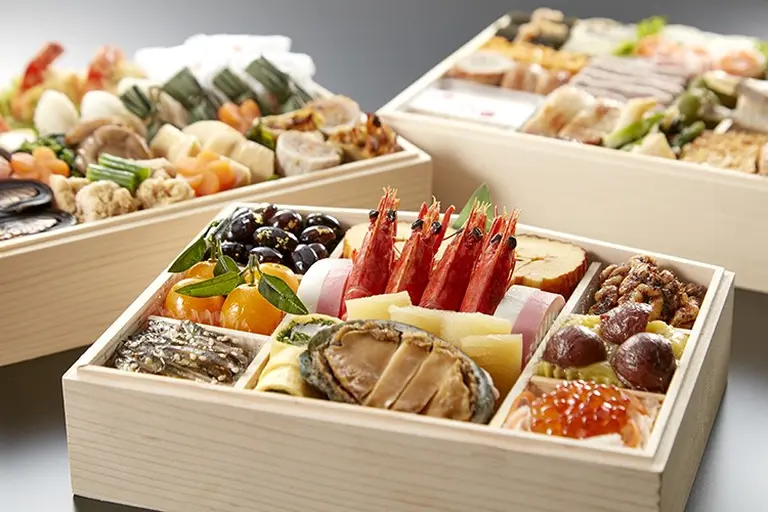Hidden deep within the Black Mountains, Phobjikha Valley — also known as Gangtey — is one of the most famous tourist destinations in Bhutan, celebrated for its untouched beauty and rare wildlife. This vast glacial valley stretches like a green bowl under the Himalayan sky, where rolling meadows, alpine forests, and sacred monasteries create a landscape of pure serenity. Yet what makes Phobjikha truly extraordinary is its role as the winter sanctuary of the endangered black-necked cranes, turning this pristine valley into both a natural wonder and a cultural treasure of Bhutan.
Phobjikha Valley in Punakha, Bhutan
Bordering the Jigme Singye Wangchuck National Park, the valley sits at an altitude of about 3,000 meters above sea level, giving it a cooler climate throughout the year. It proudly serves as the winter refuge for black-necked cranes that fly down from the Tibetan Plateau to escape the harsh winter. Because of this, Phobjikha has become one of the most important conservation sites in Bhutan. Still relatively untouched by outsiders, electricity only reached the valley a few years ago.
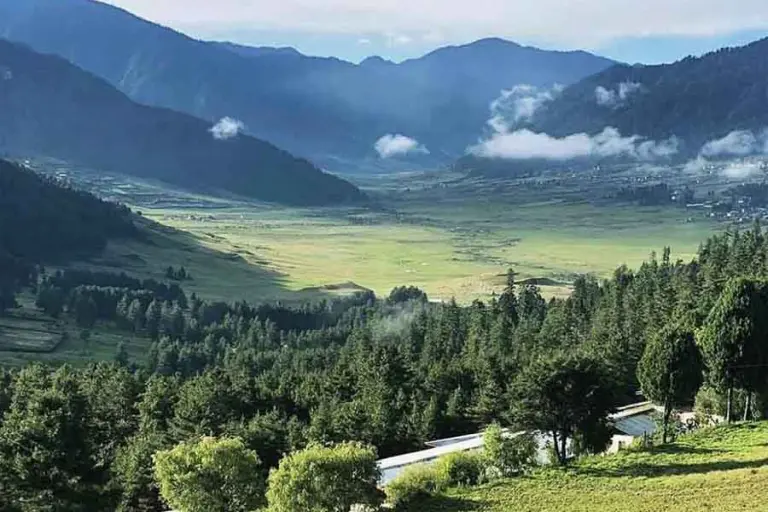
Besides cultural visits to local lhakhangs (temples) and goembas (monasteries), Phobjikha Valley is filled with scenic hiking and trekking trails that provide the best views of the landscapes. Visitors can also explore small villages, gaining insight into rural Bhutanese life. Handwoven carpets with intricate patterns from the renowned Gangtey Carpet Factory or handmade crafts from village shops make for beautiful souvenirs. For birdwatchers, trekkers, and nature photographers, this valley is nothing short of paradise.
>> Traveling to Bhutan: What you need to know
Phobjikha Valley – Home to Rare Wildlife
Phobjikha Valley is most famous as the winter habitat of the endangered black-necked cranes, which migrate here from their breeding grounds on the Tibetan Plateau. The valley hosts the largest population of these birds in Bhutan, making it a designated conservation site.
The cranes typically arrive in late October and stay until mid-February. According to local belief, the cranes circle the Gangtey Monastery three times upon arrival and again before their departure — a ritual seen as a spiritual blessing.
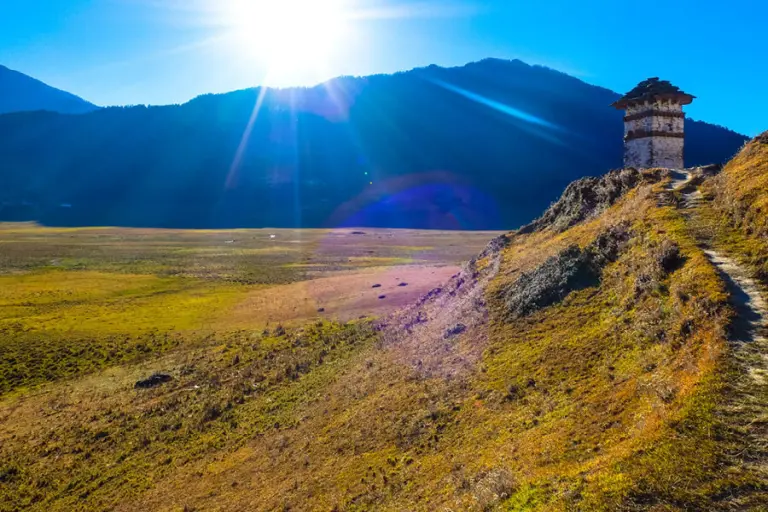
To celebrate their arrival, a festival is held at Gangtey Monastery, where children dress up as cranes and perform dances to welcome the birds. During this time, the skies above the valley are alive with the graceful flight of cranes.
The Black-Necked Crane Information Center, run by the Royal Society for the Protection of Nature (RSPN), provides visitors with telescopes for birdwatching and offers educational displays about endangered species and the history of the valley.
Electricity was introduced to the valley only in 2011, and many households still rely on solar power. Conservation efforts ensure that modern development does not harm the fragile ecosystem. Power lines and cables are placed underground to protect the cranes’ flight paths and preserve the valley’s natural beauty.
>> What to know before visiting Bhutan – Dos & Don’ts
Festivals in Phobjikha Valley
Festivals play a vital role in the valley’s cultural identity. The most famous is the Black-Necked Crane Festival, held every year on November 12 at Gangtey Goemba. This vibrant event attracts both locals and tourists, celebrating the arrival of the cranes with folk dances, traditional music, and religious rituals. It is not only a cultural highlight but also an ecological reminder of the importance of conservation.

Culture of Phobjikha (Gangtey)
The cultural landscape of Phobjikha is shaped by both ancient and modern spiritual practices. While Buddhism is the dominant faith, traces of the pre-Buddhist animist Bon religion still linger in local customs and rituals. Most villagers strictly follow Buddhist traditions, but older practices related to Bon can still be observed in certain ceremonies.
>> Signature Dishes of Bhutanese Cuisine
Language in Phobjikha Valley
The people of Phobjikha speak a local dialect called Henka. English is not widely spoken in the valley, adding to its authentic and untouched charm.
Nightlife in Phobjikha Valley
A vibrant nightlife scene does not exist in Phobjikha. The valley offers serenity instead — quiet evenings surrounded by nature, the sounds of wildlife, and starry Himalayan skies.
Shopping in Phobjikha Valley
Shopping here is simple but memorable. Visitors can buy exquisite handwoven carpets from the Wangmo Hand-Woven Carpet Factory, located next to Yue Loki Guesthouse in Gangtey. The Black-Necked Crane Information Center also runs a small souvenir shop selling locally made handicrafts. Along the trail to Beta Village, you may come across small craft stores where artisans sell their handmade goods.

>> Unique cultural traits of the land of the Thunder Dragon, Bhutan
FAQ
What is Phobjikha Valley?
Phobjikha Valley is a glacial valley located in central Bhutan, at an altitude of about 3,000 meters (9,800 feet). Surrounded by the Black Mountains, it is renowned for its pristine beauty, wide open landscapes, and rich biodiversity. Unlike other valleys in Bhutan, it is largely untouched by urbanization, making it a true escape into nature.
Why is Phobjikha Valley famous?
The valley is best known as the winter home of the endangered black-necked cranes, which migrate here every year from Tibet. Their arrival in late October is celebrated with the Black-Necked Crane Festival at Gangtey Monastery. Beyond that, Phobjikha is also admired for its serene wetlands, traditional villages, and peaceful atmosphere.
Where is Phobjikha Valley located?
It lies in Wangdue Phodrang District, about 135 km from Thimphu (the capital). It takes around 5 to 6 hours by road from Thimphu, passing through Dochula Pass and winding mountain roads.
What is the best time to visit Phobjikha Valley?
- November to February: To witness the arrival of black-necked cranes.
- Spring (March–May): For blooming rhododendrons and pleasant weather.
- Autumn (September–November): For clear skies and beautiful trekking conditions.
Each season offers a different charm—wildflowers in spring, lush greenery in summer, golden fields in autumn, and migrating birds in winter.
What can you do in Phobjikha Valley?
- Birdwatching: Spot black-necked cranes and other Himalayan bird species.
- Hiking: The Gangtey Nature Trail is a popular 2-hour hike through pine forests, meadows, and villages.
- Cultural Visit: Explore Gangtey Monastery, a centuries-old Buddhist monastery overlooking the valley.
- Village Walks: Meet locals, learn about traditional farming, and experience authentic Bhutanese rural life.
- Eco-tourism: Many lodges in the valley promote sustainable tourism with eco-friendly stays.
What makes Phobjikha Valley unique?
Unlike other valleys in Bhutan, Phobjikha has a wetland ecosystem that supports a rare combination of wildlife and agriculture. It is also one of the few places in the world where you can observe black-necked cranes up close in a natural setting. The valley’s balance of spirituality, conservation, and community living makes it truly special.
Is Phobjikha Valley suitable for trekking?
Yes. The valley is excellent for soft treks and nature walks. The Gangtey Nature Trail is ideal for beginners, while longer treks like the Shasila Trail connect Phobjikha to other parts of central Bhutan. Trekking here is not about altitude challenge but about enjoying the tranquility and breathtaking scenery.
What should I know before visiting Phobjikha Valley?
- Weather: Nights can be very cold, especially in winter—pack warm clothes.
- Connectivity: Limited mobile and internet coverage; a perfect digital detox.
- Wildlife Respect: Do not disturb the cranes or enter restricted areas.
- Sustainability: Choose eco-lodges and support local handicrafts to preserve the valley’s way of life.
Why is Phobjikha Valley worth visiting?
Phobjikha Valley is more than just a scenic spot—it’s a sanctuary for endangered species, a center of Bhutanese spirituality, and a glimpse into traditional village life. It offers peace, untouched beauty, and a chance to connect with nature and culture in one of the world’s most pristine settings.
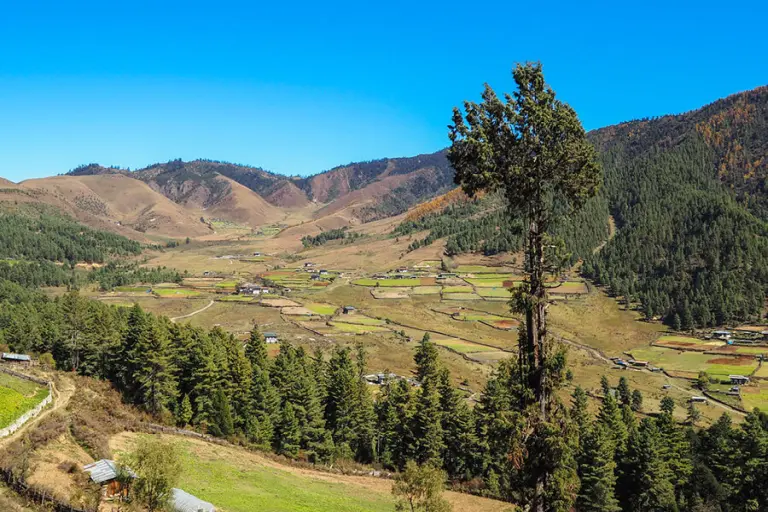
For many travelers, a trip to Phobjikha Valley feels like stepping into a living postcard—where spirituality, nature, and culture blend in perfect harmony.


